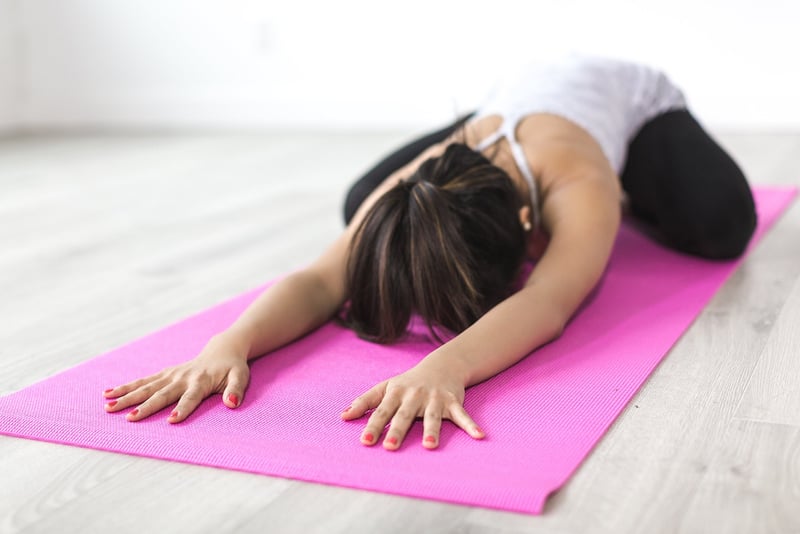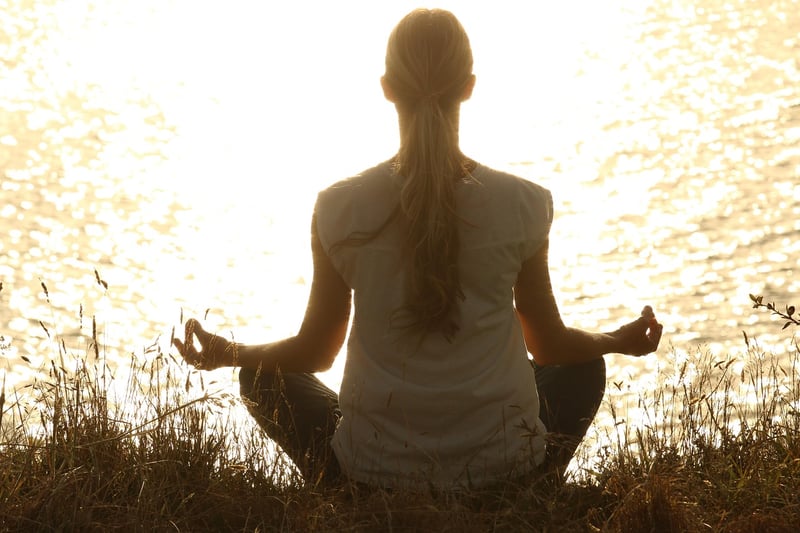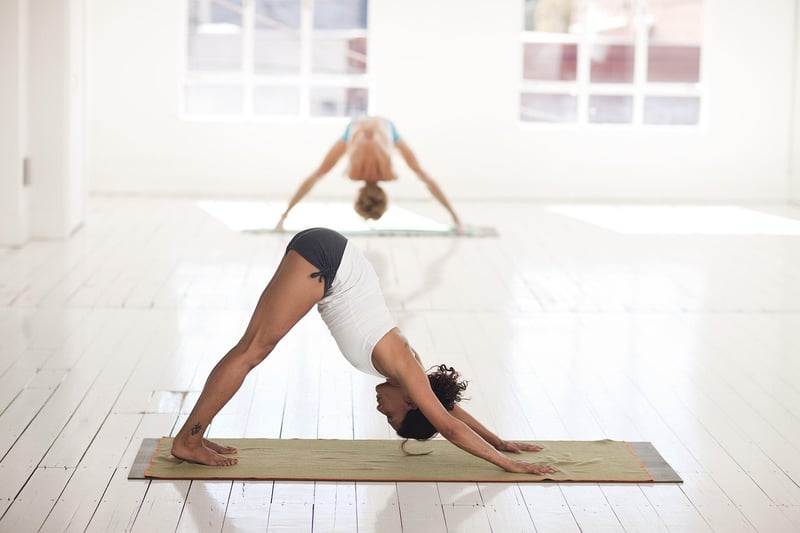Pranayama Practice
Enhance Your Breathing with Pranayama Practice
Pranayama, the ancient yogic practice of breath control, offers a multitude of benefits for both the body and mind. By consciously manipulating the breath, you can enhance your overall well-being and cultivate a sense of inner peace and clarity.
Here are some simple yet powerful techniques to incorporate into your daily routine:
1. Dirga Pranayama (Three-Part Breath)
Begin by sitting in a comfortable position with your spine straight. Inhale deeply through your nose, allowing the breath to fill your belly, ribcage, and chest. Exhale slowly and completely, emptying your chest, ribcage, and belly. Repeat this cycle for several minutes, focusing on the smooth, continuous flow of breath.

2. Nadi Shodhana (Alternate Nostril Breathing)
Sit comfortably with your spine erect. Close your right nostril with your right thumb and inhale deeply through your left nostril. Then, close your left nostril with your ring finger and exhale through your right nostril. Inhale through the right nostril, then switch and exhale through the left nostril. Continue this alternating pattern for a few minutes to balance the flow of energy in your body.

3. Kapalabhati Pranayama (Skull Shining Breath)
Sit with a straight spine and take a deep inhale. Exhale quickly and forcefully through your nose by contracting your lower belly. The inhales should happen passively as the belly recoils. Start with a few rounds and gradually increase the pace. This dynamic breathing technique cleanses the lungs and energizes the body.

4. Sheetali Pranayama (Cooling Breath)
Curl the sides of your tongue to form a tube and inhale slowly through the mouth. Close your mouth and exhale through your nostrils. This breath cools the body and mind, reduces stress, and promotes relaxation.

Regular practice of these pranayama techniques can help improve lung capacity, boost immunity, reduce anxiety, and enhance mental clarity. Remember to approach these practices with mindfulness and patience, allowing your breath to guide you towards a deeper state of well-being.
